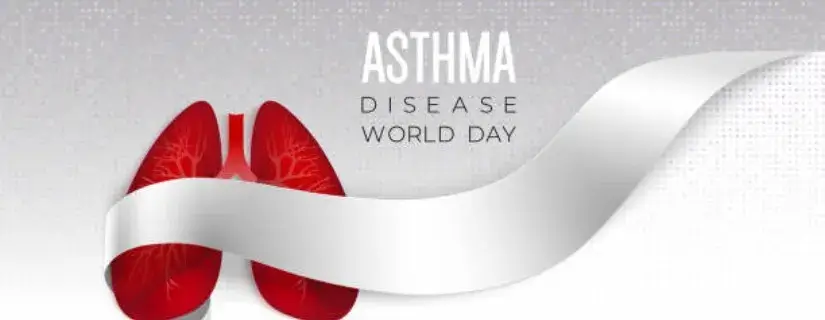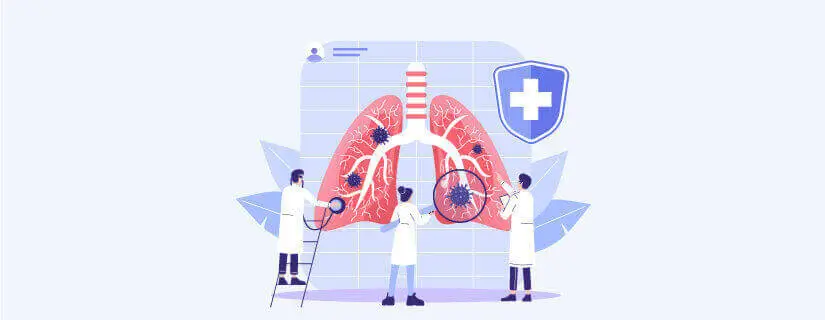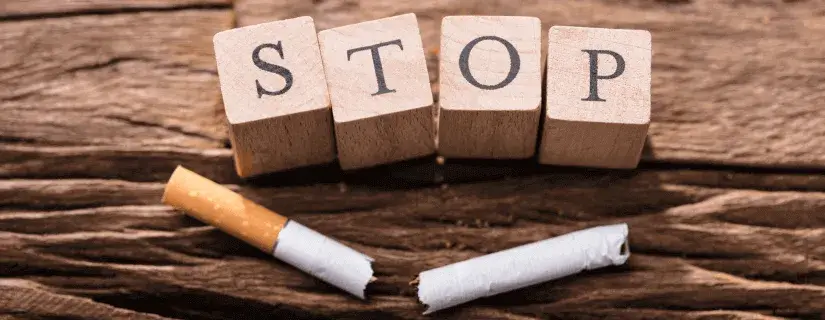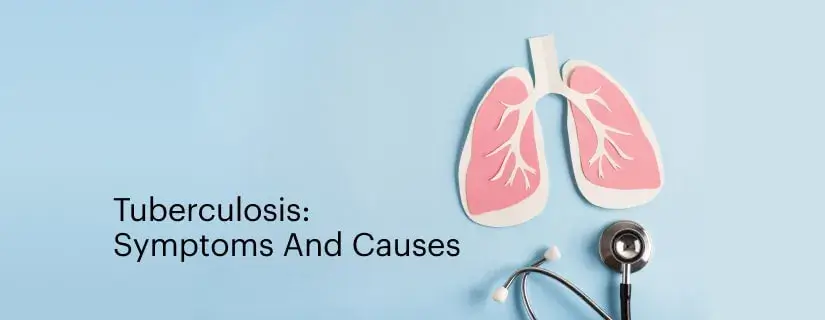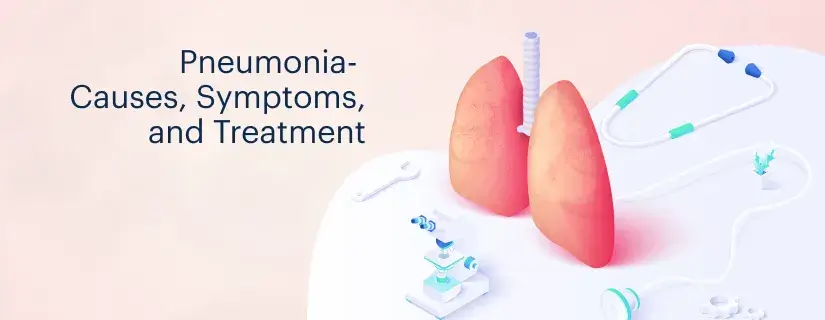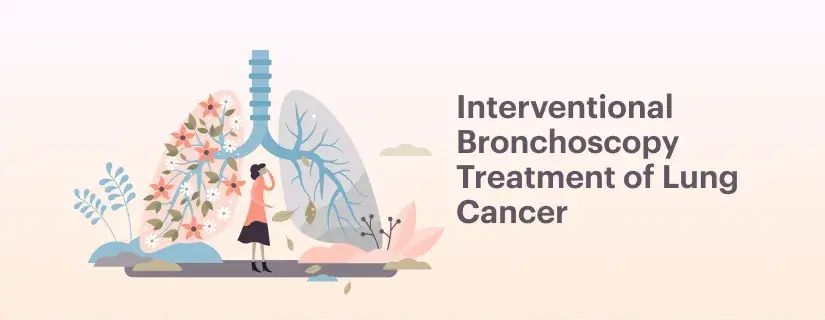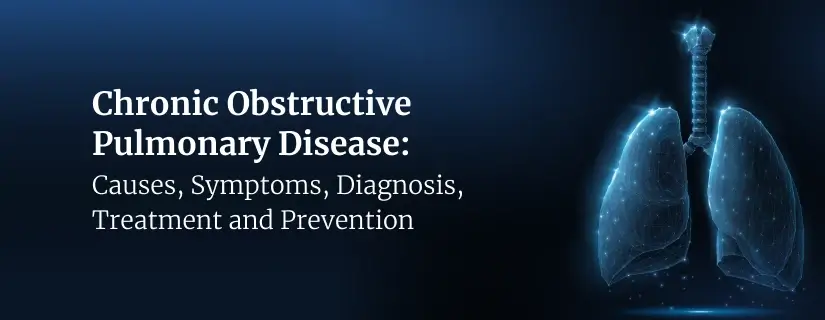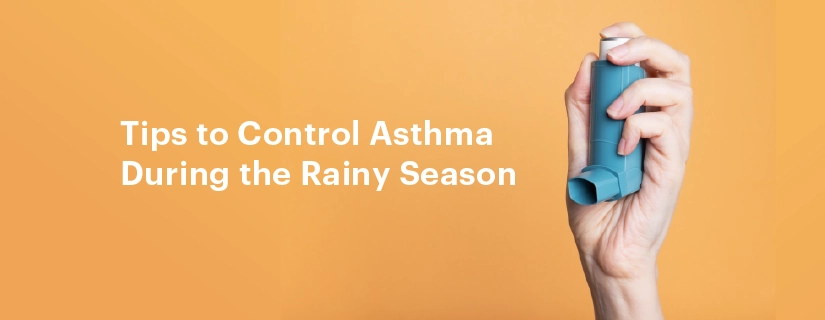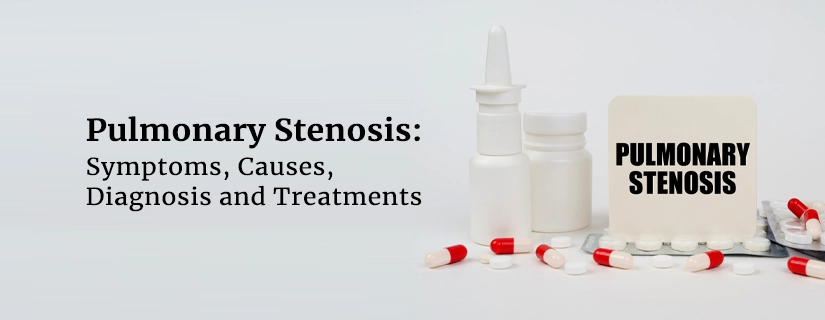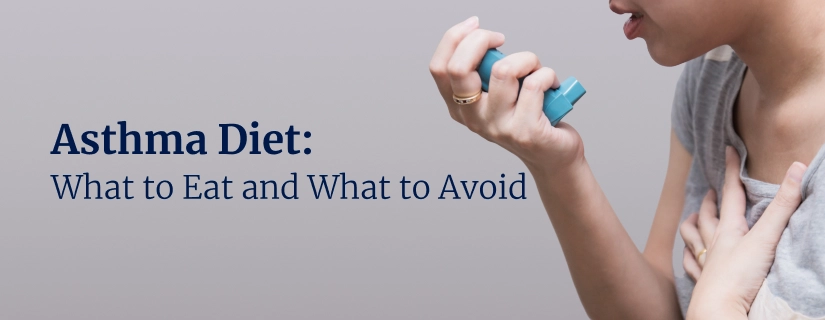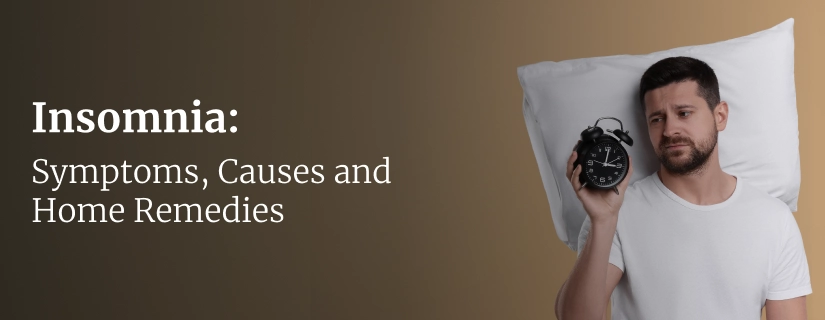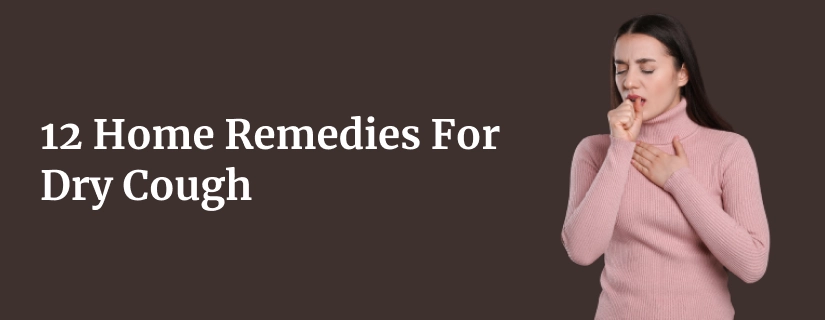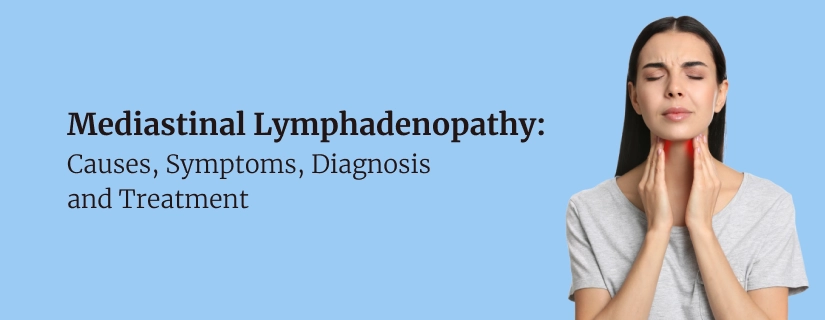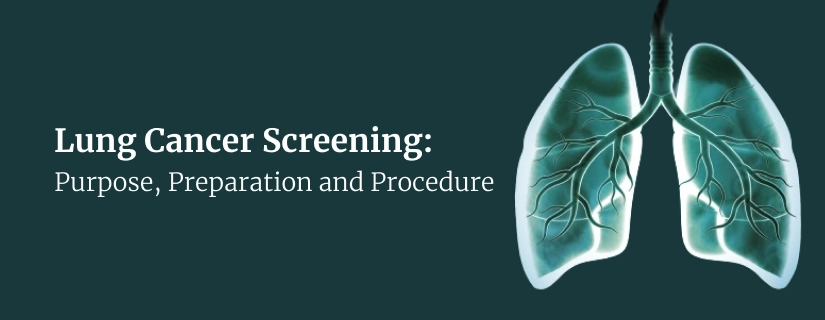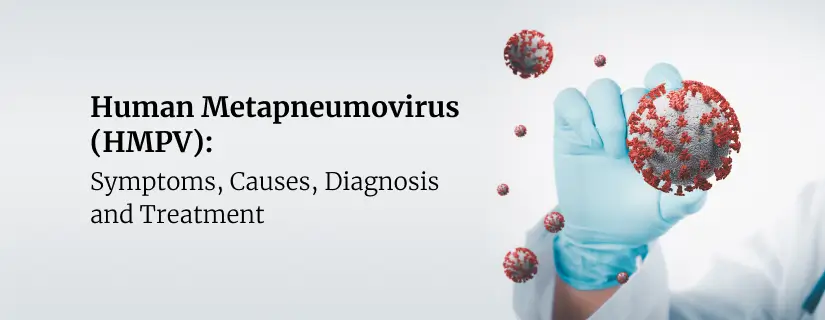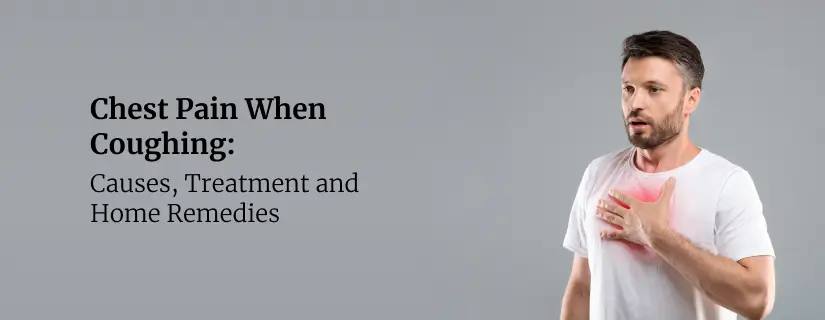-
Doctors
-
Specialities & Treatments
Centre of Excellence
Specialties
Treatments and Procedures
Hospitals & Directions HyderabadCARE Hospitals, Banjara Hills CARE Outpatient Centre, Banjara Hills CARE Hospitals, HITEC City CARE Hospitals, Nampally Gurunanak CARE Hospitals, Musheerabad CARE Hospitals Outpatient Centre, HITEC City CARE Hospitals, Malakpet
HyderabadCARE Hospitals, Banjara Hills CARE Outpatient Centre, Banjara Hills CARE Hospitals, HITEC City CARE Hospitals, Nampally Gurunanak CARE Hospitals, Musheerabad CARE Hospitals Outpatient Centre, HITEC City CARE Hospitals, Malakpet Raipur
Raipur
 Bhubaneswar
Bhubaneswar Visakhapatnam
Visakhapatnam
 Nagpur
Nagpur
 Indore
Indore
 Chh. Sambhajinagar
Chh. SambhajinagarClinics & Medical Centers
Book an AppointmentContact Us
Online Lab Reports
Book an Appointment
Consult Super-Specialist Doctors at CARE Hospitals
How to know if you're having an asthma attack?
Updated on 23 May 2022
The tightening of muscles around your airways causes an asthma attack, which is a sudden intensification of asthma symptoms. Bronchospasm is the medical term for this tightening. The lining of the airways becomes swollen or irritated during an asthma episode, and more mucus is produced than usual. Breathing difficulties, wheezing, coughing, shortness of breath, and difficulty doing routine everyday activities are all signs of an asthma attack. Other asthma signs and symptoms can include:
- Severe wheezing when breathing both in and out
- Persistent Coughing
- Rapid breathing
- Chest tightness or pressure
- Retractions- Tightened Neck and Chest Muscles.
- Difficulty talking
- Anxiousness or Panic Attack
- Pale, Sweaty face
- Blue lips or fingernails
- Worsening symptoms despite using medications
Some persons with asthma may go for long periods of time without experiencing an asthma attack or other symptoms, only to have their symptoms develop periodically owing to asthma triggers like exercise or exposure to cold air.
Mild asthma attacks are more prevalent than severe asthma attacks. After treatment, the airways usually open up within minutes to hours. Severe asthma attacks are rare, but they continue longer and necessitate prompt medical attention. To help you avoid severe attacks and keep asthma under control, it's critical to detect and treat even mild symptoms of an asthma attack.
Early Signs of an Asthma Attack
Changes that occur immediately before or at the start of an asthma episode are known as early warning symptoms. These early signs of asthma appear before the typical asthma symptoms and are the first signs that your asthma is getting worse.
In general, the symptoms of an early asthma attack are not severe enough to prevent you from continuing your normal routine. However, by identifying these indicators, you can either stop or prevent an asthma attack from worsening.
Early warning signs of an asthma attack may include:
- Frequent cough, especially at night
- Reduced peak flow metre readings
- Losing your breath easily or shortness of breath
- Feeling very tired or weak, especially while exercising
- Exercise-induced asthma: wheezing or coughing during or after exercise
- Feeling tired, easily upset, grouchy, or moody
- Decreases or changes in lung function as measured on a peak flow metre
- Signs of a cold or allergies such as sneezing, runny nose, cough, nasal congestion, sore throat, and headache
- Trouble sleeping with nighttime asthma
The severity of an asthma attack can escalate rapidly, so it's important to treat these symptoms immediately once you recognize them. Visit asthma hospital in Hyderabad to get professional help.
Steps to Carry Out During an Asthma Attack
Here are some steps to take care of yourself during an asthma attack.
1. Give asthma first aid.
If the person doesn't have an asthma plan:
- Sit them upright comfortably and loosen tight clothing.
- If the person has asthma medication, such as an inhaler, help them take it.
- If the person doesn’t have an inhaler, use one from a first aid kit. Do not borrow someone else’s as there is a slight risk of passing an infection and it also might be that different medication might be needed as rescue medication.
2. Use an inhaler with a spacer, if possible.
- Remove the cap and shake the inhaler well.
- Insert the inhaler into the spacer.
- Have the person breathe out completely and put their mouth tightly around the spacer mouthpiece.
- Press the inhaler once to deliver a puff.
- Have the person breathe in slowly through their mouth and hold their breath for 10 seconds.
- Give a total of two puffs, waiting about a minute between each puff
3. Using an inhaler without a spacer
- Remove the inhaler cap and shake well.
- Have the person breathe out all the way and seal their lips tightly around the inhaler mouthpiece.
- As the person starts to breathe in slowly, press down on the inhaler one time.
- The person should keep breathing in as slowly and deeply as possible (about 5 to 7 seconds) and then hold their breath for 10 seconds.
- Give a total of two puffs, waiting about 1 minute between each puff.
4. Continue using the inhaler if breathing is still a problem.
- After four puffs, wait 4 minutes. If the person still has trouble breathing, give another set of four puffs.
- If there’s still little or no improvement, give four to eight puffs every 20 minutes until the ambulance arrives, for up to 4 hours. If you are still waiting for help after 4 hours, the recommended dose is four to eight puffs as needed every 1 to 4 hours.
5. Monitor the person until help arrives.
- Do not mistake drowsiness as a sign of improvement; it could mean asthma is getting worse.
- Do not assume that the person’s asthma is improving if you no longer hear wheezing.
6. Follow up.
- An emergency room doctor will check the severity of the attack and give treatment, including medications.
- The person may be sent home or stay in the hospital for further care, depending on their response to treatment.
CARE Hospitals is recognised as the best asthma hospital in Hyderabad. We provides the best service in the diagnosis and management of several Respiratory and Sleep Disorders such as Asthma, Interstitial Lung Disease, COPD, Pneumonia, and Lung Cancer.
ENQUIRY FORM
SELECT CATEGORIES
-
Neurosciences (16)
-
Neurology (37)
-
Neurosurgery (14)
-
Orthopaedics (48)
-
Oncology (33)
-
Obstetrics and gynecology (52)
-
Pulmonology (23)
-
Urology (20)
-
Nephrology (13)
-
Psychiatry (7)
-
Dietetics and Nutrition (111)
-
General Medicine (63)
-
Cardiac Sciences (32)
-
Vascular & Endovascular Surgery and Interventional Radiology (15)
-
Gastroenterology (46)
-
Endocrinology (23)
-
Plastic Surgery (10)
-
Critical Care Medicine (5)
-
COVID-19 (16)
-
Dermatology (16)
-
Emergency Care (1)
-
Ophthalmology (4)
-
Pediatrics (14)
-
Laparoscopic and Bariatric Surgery (8)
-
ENT (15)
-
Kidney Transplant (1)
-
Liver Transplantation and Hepatobiliary Surgery (5)
-
General Surgery (3)
-
Internal Medicine (5)
-
Medicine Information
Asthma - Symptoms, Causes, Treatment and Remedies
The King of Killing – Smoking
YOU MAY ALSO LIKE
RECENT BLOGS
-
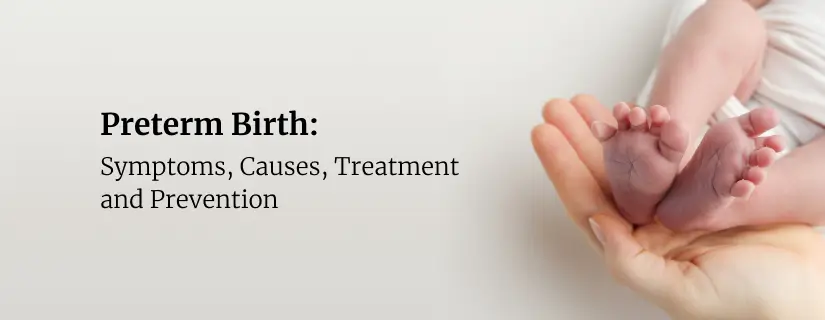
Preterm Birth (Premature Birth): Symptoms, Causes, Treatment and Prevention
13 May 2025
Read More
-
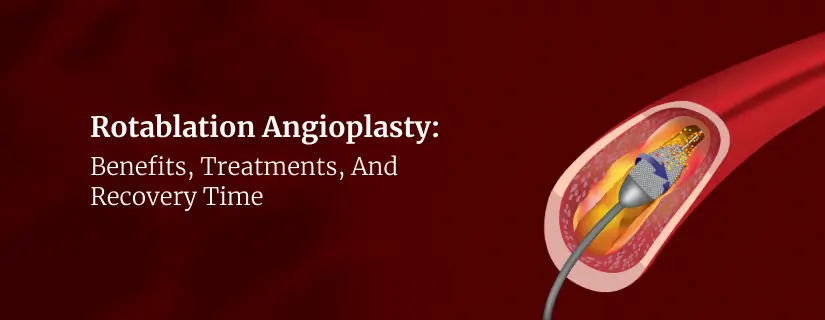
Rotablation Angioplasty: Benefits, Treatments, And Recovery Time
9 May 2025
Read More
-

What Is The Difference Between IUI and IVF?
9 May 2025
Read More
-
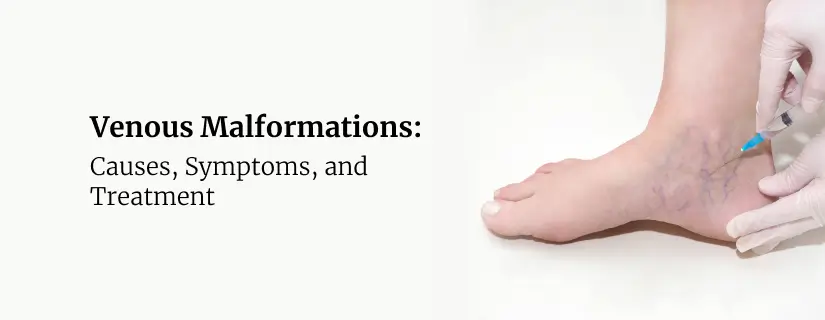
Venous Malformations: Causes, Symptoms, and Treatment
30 April 2025
Read More
-
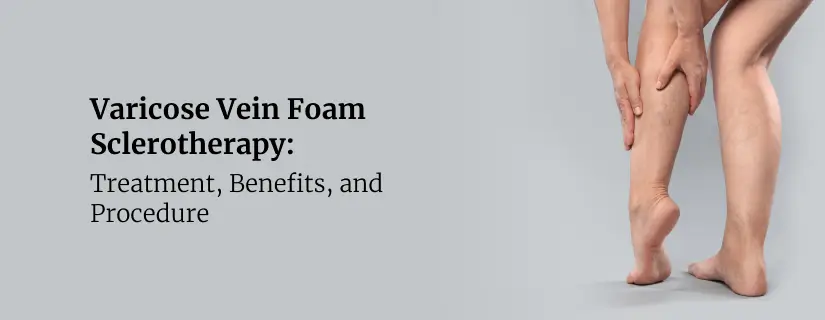
Varicose Vein Foam Sclerotherapy: Treatment, Benefits, and Procedure
30 April 2025
Read More
-
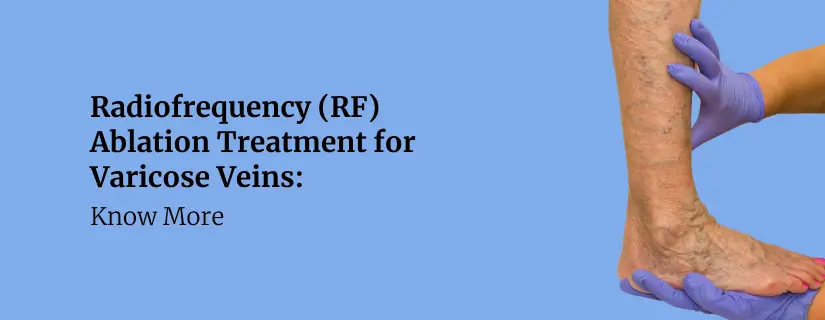
Radiofrequency (RF) Ablation Treatment for Varicose Veins: Know More
30 April 2025
Read More
-

Varicose Vein Sclerotherapy: Treatment, Benefits, and Procedure
30 April 2025
Read More
-
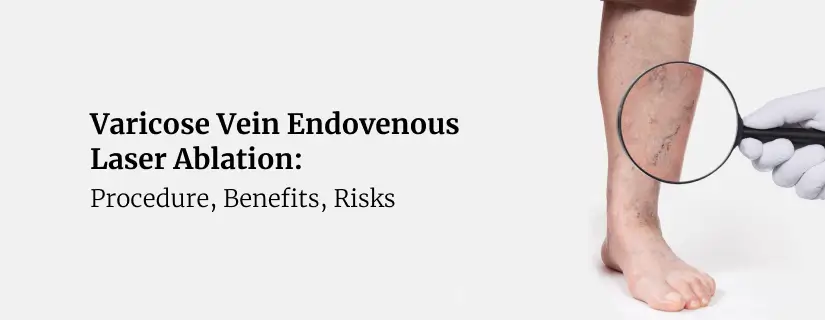
Varicose Vein Endovenous Laser Ablation: Procedure, Benefits, Risks
30 April 2025
Read More
Have a Question?
If you cannot find answers to your queries, please fill out the enquiry form or call the number below. We will contact you shortly.






